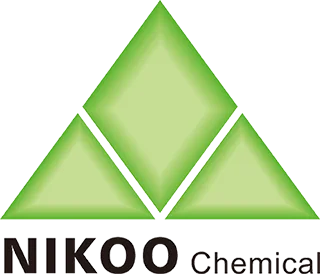The "Clean Beauty" Conundrum: Marketing Hype vs. Ingredient Reality
Walk down any skincare aisle, and you'll be bombarded with "Clean," "Non-Toxic," "Green," and "Pure." But what do these terms actually mean? Often, very little. The "Clean Beauty" movement, while well-intentioned, is largely unregulated and rife with marketing spin.
The Core Issue: Lack of Standards
Unlike terms like "Organic" (which have some certification standards, though varying), "Clean Beauty" has no legal or universally accepted definition. Brands define it themselves, leading to inconsistency and confusion. What one brand excludes, another might include.
Common Marketing Tactics:
1.Fear-Mongering: Using terms like "toxic," "harsh chemicals," or "dirty" to demonize specific, often scientifically safe, ingredients (e.g., parabens, silicones, sulfates). This plays on chemophobia.
2.The "Free-From" Frenzy: Long lists proclaiming what's not in the product (e.g., "Paraben-Free, Sulfate-Free, Phthalate-Free, Silicone-Free"). This often implies these ingredients are harmful, regardless of scientific consensus or context (like concentration). Many "free-from" ingredients have excellent safety profiles and functional benefits.
3.Natural Washing: Emphasizing natural ingredients while downplaying the fact that natural doesn't equal safe or effective, and that synthetics are often crucial for stability and efficacy.
4.Vague Buzzwords: Using terms like "pure," "non-toxic," "green," and "wholesome" without concrete definitions or evidence.
The Problem with "Clean" Lists:
Brands often create their own "no-no" lists based on:
Consumer Perception: Banning ingredients due to negative press, not necessarily safety data (e.g., parabens, despite decades of safe use and extensive review).
Precautionary Principle: Excluding ingredients even with limited or disputed evidence of risk, sometimes ignoring dose and exposure levels relevant to cosmetics.
Marketing Differentiation: Creating a unique selling point by banning something competitors use.
Navigating the Hype:
Question Claims: Ask, "What does 'clean' mean to this specific brand?" Check their exclusion list.
Look Beyond the Buzzwords: Focus on the entire ingredient list and the brand's transparency about sourcing, concentration (where possible), and scientific backing.
Trust Science over Scare Tactics: Rely on reputable scientific bodies (like the CIR Expert Panel) for ingredient safety assessments, not just brand marketing or fear-based blogs.

Phone: +86 20 36028881
Fax: +86 20 36550567
Email:rebecca@nikoochem.com
WhatsApp: +86 13822397763
Add: No 1718, Airport Rd., Yuncheng St., Baiyun Dist., Guangzhou City, Guangdong, China 510000
